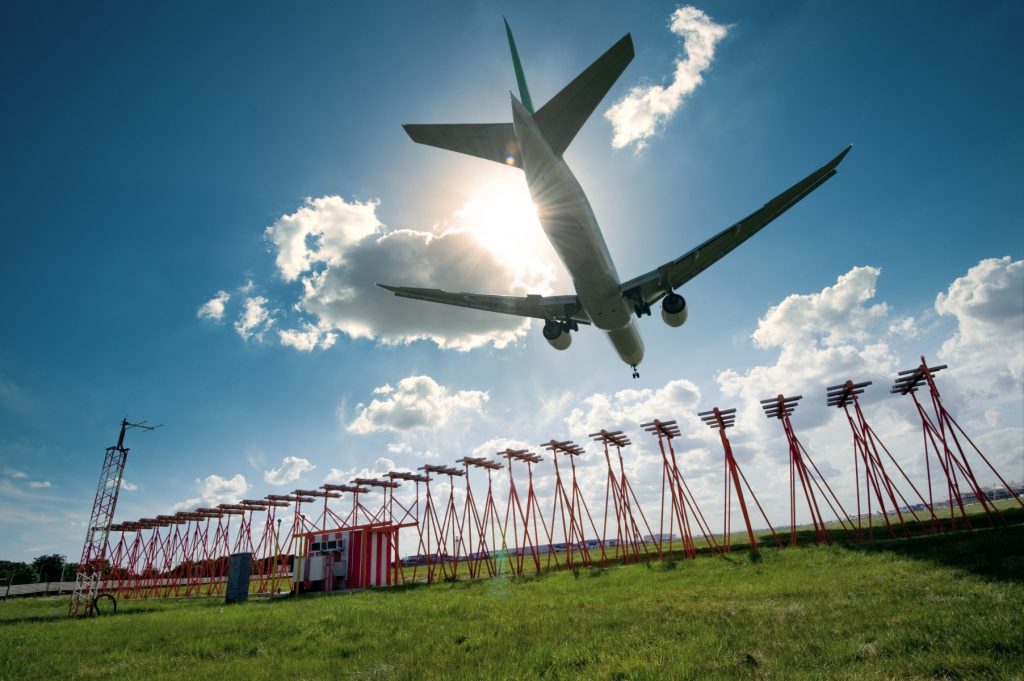LONDON – 2022 was the year of the ‘great rebound’ where most did not expect the industry would make such an impressive comeback.
However, marred with geopolitical tensions, energy crises and supply chain disruptions caused by the Russian invasion of Ukraine, EUROCONTROL now forecast that 2025 will see where air traffic will return to 2019 levels.
At the end of 2022, there were 9.3 million flights, with 3.1 million more than in 2021. Still, 9.3 million is still 1.8 million fewer than pre-pandemic levels. 2022 represents 83% of 2019 air traffic, which is impressive despite the Omicron dent at the beginning of the year.
The invasion of Ukraine on the 24th of February spelt even greater disruption to the recovery of air travel, with an additional prolonged energy crisis thereof.
With these two ‘shocks’ witnessed at the start of 2022, air traffic hovered at 86% of pre-pandemic levels by May. The numbers were steady from then until the end of the year.
Low-Cost Carriers Leading the Way
The two top European low-cost carriers led the recovery, with Ryan Air traffic standing at 109% in 2019 and Wizz Air at a slighter greater than 114%.
EUROCONTROL acknowledges that most major European airports struggled with the capacity crunch and long notorious lines seen online.
However, Istanbul IGA is the only major hub airport that led the capacity recovery seamlessly at 100% of pre-Covid levels for most of 2022. Some European regional and holiday-oriented airports saw passenger traffic exceeding 2019 levels.
2023 and Beyond
2023 is often touted by businesses and economists, as the year of recession. Nevertheless, EUROCONTROL is still confident that the recovery momentum will go forward despite geo-political tensions in Eastern Europe. EUROCONTROL expects 2023 to have reached 93% of 2019 levels, and full recovery (100%) to take place at least in 2025.
Director of Eurocontrol, Eammon Brannon is optimistic about Eurocontrols prediction that by 2025, the region would achieve full normalcy.
Brannon stated: “The numbers have turned in aviation’s favour. Predictions of pent-up demand were correct and people have shown their desire to take to the skies again as the pandemic has come under control, with summer peaks of 90% or more.”
“There’s still considerable volatility and the recovery is uneven across sectors, but airlines and airports were able 2022 to rebuild their balance sheets and continue to invest.”
“Looking ahead, 2023 will pose the biggest challenge in terms of coping with capacity issues and keeping delays down that the network has faced in over a decade.”
“Delays and punctuality need to improve across the network as we get closer to full traffic levels, and connectivity with Europe and especially to the Far East is still considerably lagging pre-pandemic levels. And plans to make aviation sustainable must accelerate if we are to meet our ambitious sustainability targets.”
Even though the war in Ukraine keeps on prolonging, air traffic in Europe remains resilient, as shown by the steady levels in 2022.
He concluded: “Nevertheless, and despite the ongoing tragedy in Ukraine, our sector has proven its resilience and we are optimistic about the future, with European air traffic set to recover fully by 2025.”
Challenges
These steps towards normalcy may look simple. In reality, many airlines and airport groups are taking in the capacity crunch, and are finding ways in striking the balance between sustainability, manpower and growth.









